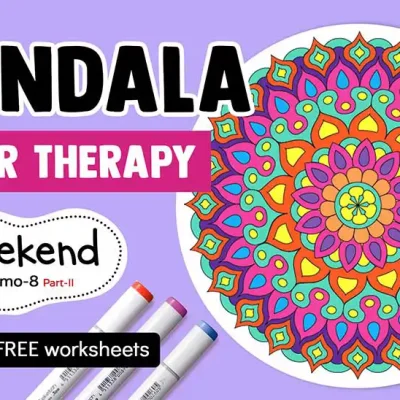
End of Content.
End of Content.
Blending is an essential technique in pencil drawing, used to create smooth transitions between light and dark areas, add depth and bring a more realistic and polished look to your artwork. There are various blending tools and methods, each with unique effects. In this video, we’ll explore six common blending methods that artists use to enhance their pencil drawings.
A tissue is a soft and gentle blending tool that is perfect for smoothing out pencil strokes without smearing too much. It’s often used to blend large areas smoothly and create soft transitions in shading. Because tissues are relatively absorbent, they help in evenly spreading the graphite on the paper.
A soft cloth, like an old t-shirt or microfiber cloth, is a versatile tool for blending. It can cover larger areas quickly, allowing you to blend more efficiently. It works similarly to tissue but provides a more textured blend, which is useful for adding soft shading to drawings.
Cotton buds (or Q-tips) are great for precision blending, especially in smaller areas. They help create a smooth, soft blend and are particularly useful for blending intricate details without disturbing the surrounding areas of your drawing. Their small size makes them perfect for controlled blending.
A blending stump (or tortillon) is a tightly rolled piece of paper used for more controlled and detailed blending. It’s ideal for areas that require precise shading and smooth transitions. The stump works well for blending smaller sections and achieving finer details in your drawing.
A dry brush is a blending tool where you use a soft brush without any liquid. This method allows for very soft, controlled blending, especially in areas where you want a delicate effect. A dry brush can create beautiful, light transitions in the shading without adding too much graphite.
Using your finger for blending gives you the most control and is a natural way to smooth out pencil strokes. It’s often used to create subtle, soft transitions, but it can also leave fingerprints on the paper, so it’s important to keep your hands clean. Fingers are great for blending small areas or adding final touches.
These are the most common methods for blending pencil drawings, each offering its own unique way to achieve a smoother, more polished look in your art. Each method is suited to different areas of a drawing, so choosing the right tool for the job is key to achieving the best results.
Blending is an essential technique in pencil drawing, used to create smooth transitions between light and dark areas, add depth and bring a more realistic and polished look to your artwork. There are various blending tools and methods, each with unique effects. In this video, we’ll explore six common blending methods that artists use to enhance their pencil drawings.
A tissue is a soft and gentle blending tool that is perfect for smoothing out pencil strokes without smearing too much. It’s often used to blend large areas smoothly and create soft transitions in shading. Because tissues are relatively absorbent, they help in evenly spreading the graphite on the paper.
A soft cloth, like an old t-shirt or microfiber cloth, is a versatile tool for blending. It can cover larger areas quickly, allowing you to blend more efficiently. It works similarly to tissue but provides a more textured blend, which is useful for adding soft shading to drawings.
Cotton buds (or Q-tips) are great for precision blending, especially in smaller areas. They help create a smooth, soft blend and are particularly useful for blending intricate details without disturbing the surrounding areas of your drawing. Their small size makes them perfect for controlled blending.
A blending stump (or tortillon) is a tightly rolled piece of paper used for more controlled and detailed blending. It’s ideal for areas that require precise shading and smooth transitions. The stump works well for blending smaller sections and achieving finer details in your drawing.
A dry brush is a blending tool where you use a soft brush without any liquid. This method allows for very soft, controlled blending, especially in areas where you want a delicate effect. A dry brush can create beautiful, light transitions in the shading without adding too much graphite.
Using your finger for blending gives you the most control and is a natural way to smooth out pencil strokes. It’s often used to create subtle, soft transitions, but it can also leave fingerprints on the paper, so it’s important to keep your hands clean. Fingers are great for blending small areas or adding final touches.
These are the most common methods for blending pencil drawings, each offering its own unique way to achieve a smoother, more polished look in your art. Each method is suited to different areas of a drawing, so choosing the right tool for the job is key to achieving the best results.



We offer a wide range of worksheets, including drawing worksheets, mandala worksheets, coloring pages, kids’ activity sheets, and step-by-step drawing video tutorials.
© 2025 vaareesaa.com